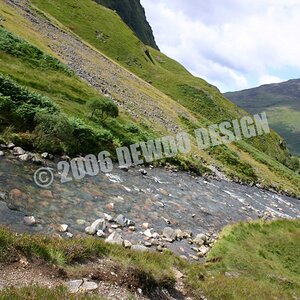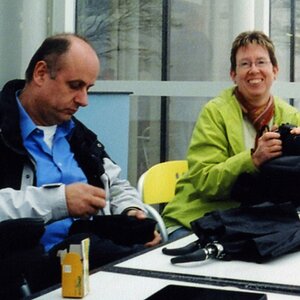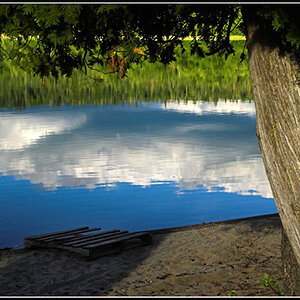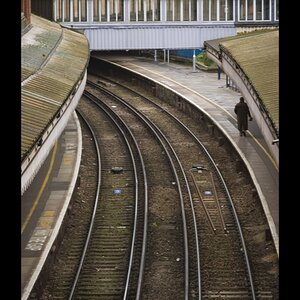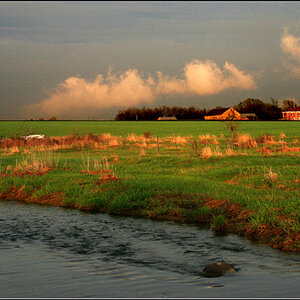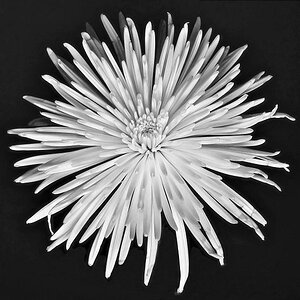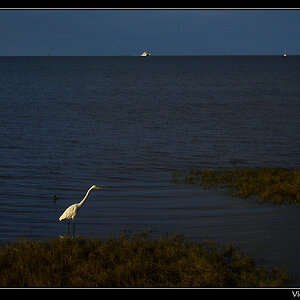CMan
TPF Noob!
- Joined
- Nov 6, 2006
- Messages
- 309
- Reaction score
- 0
- Location
- Indiana
- Can others edit my Photos
- Photos NOT OK to edit
I was thinking the other day about megapixels; and how they could be analyzed.
I eventually put together a whole structure in my mind of megapixel=car analogies. See what you think. This is with the amateur in mind, not the professional. Just as race car drivers need special machines, so do pro photographers.
6 Megapixels=Honda Civic.
More than enough for your everyday needs. Great to start out with, but you'll end up upgrading even though you probably don't need to.
8 Megapixels=Toyota Camry
Good performance; fits your needs in about every way. There is absolutely no reason you should want something better, but you do.
10 Megapixels=Ford Mustang GT
It's cool; it's what everybody wants, and when you've got it, everything below it is inferior.
12 Megapixels=Chevrolet Corvette
High performance all the way. No average person needs this much power or performance capability, but you're glad that you've got it. Those that don't have it want it.
16 Megapixels=Lamborghini Gallardo
It's big, it's impractical for the common person; it attracts attention everywhere you go. You don't need one, but who cares about that?
Thoughts? Again, I know there are pro's that need 16 MP for large prints, but we're talking the average photographer.
I eventually put together a whole structure in my mind of megapixel=car analogies. See what you think. This is with the amateur in mind, not the professional. Just as race car drivers need special machines, so do pro photographers.
6 Megapixels=Honda Civic.
More than enough for your everyday needs. Great to start out with, but you'll end up upgrading even though you probably don't need to.
8 Megapixels=Toyota Camry
Good performance; fits your needs in about every way. There is absolutely no reason you should want something better, but you do.
10 Megapixels=Ford Mustang GT
It's cool; it's what everybody wants, and when you've got it, everything below it is inferior.
12 Megapixels=Chevrolet Corvette
High performance all the way. No average person needs this much power or performance capability, but you're glad that you've got it. Those that don't have it want it.
16 Megapixels=Lamborghini Gallardo
It's big, it's impractical for the common person; it attracts attention everywhere you go. You don't need one, but who cares about that?
Thoughts? Again, I know there are pro's that need 16 MP for large prints, but we're talking the average photographer.


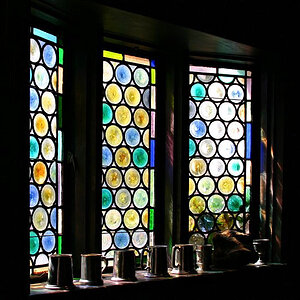
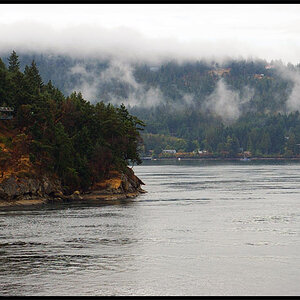
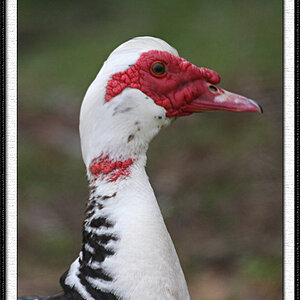
![[No title]](/data/xfmg/thumbnail/36/36682-50d0684eabff70509e27d7061c265146.jpg?1619737677)
